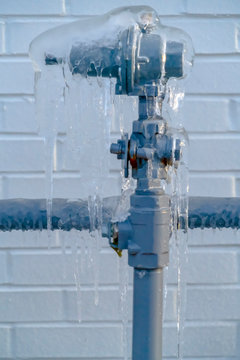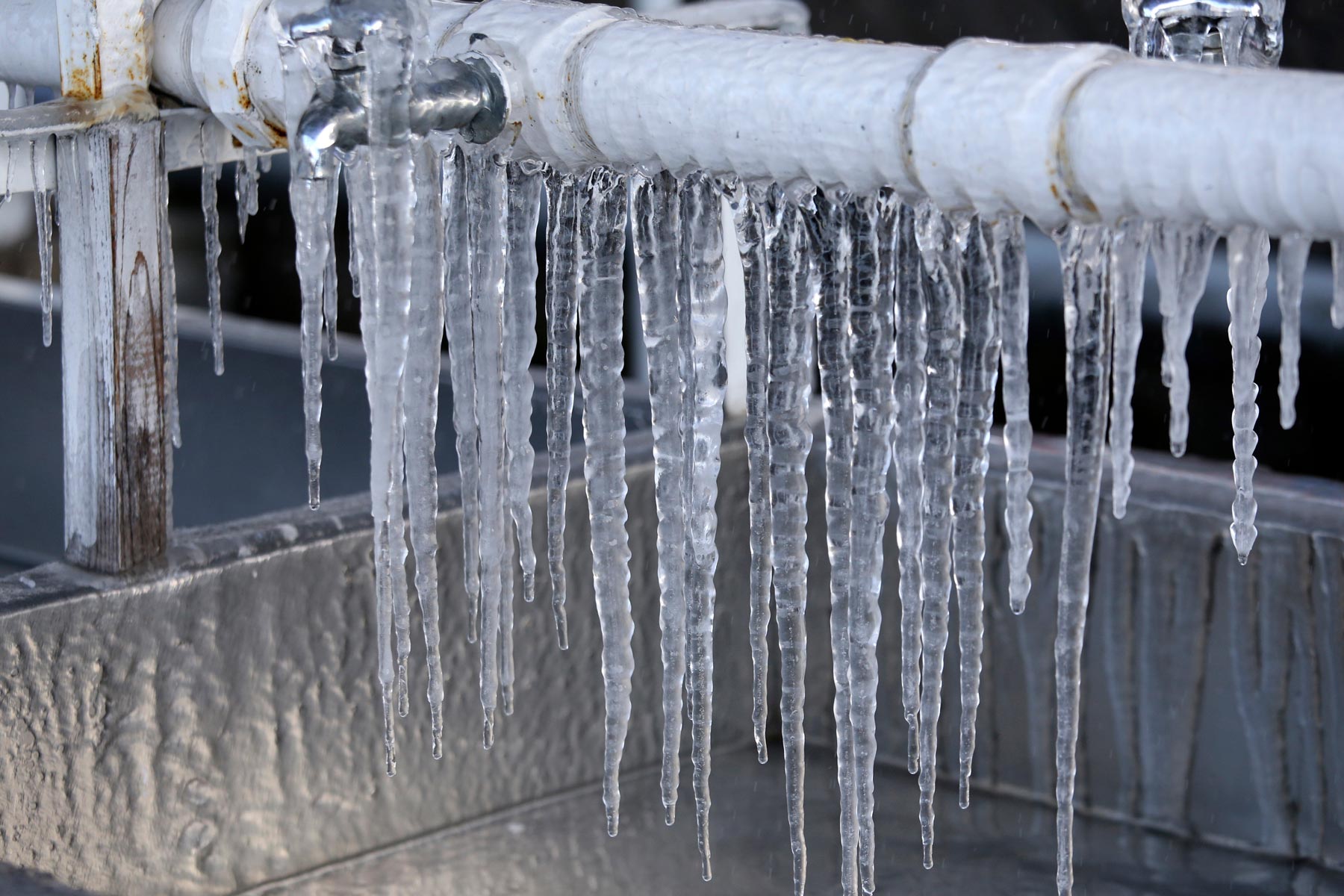Important Advice for Avoiding Frozen Plumbing in Cold Weather Seasons
Important Advice for Avoiding Frozen Plumbing in Cold Weather Seasons
Blog Article
The article down below on the subject of Winter Plumbing Precautions: Preventing Frozen Pipes is exceedingly intriguing. You should keep reading.

Winter can wreak havoc on your plumbing, especially by freezing pipelines. Right here's just how to stop it from taking place and what to do if it does.
Intro
As temperature levels drop, the risk of icy pipelines rises, possibly bring about pricey fixings and water damages. Comprehending exactly how to avoid frozen pipelines is critical for home owners in chilly climates.
Prevention Tips
Insulating prone pipelines
Wrap pipes in insulation sleeves or make use of heat tape to protect them from freezing temperatures. Focus on pipes in unheated or exterior locations of the home.
Home heating strategies
Maintain indoor areas effectively warmed, particularly areas with plumbing. Open closet doors to enable warm air to circulate around pipes under sinks.
Just how to determine frozen pipelines
Try to find lowered water circulation from taps, uncommon smells or noises from pipes, and visible frost on exposed pipelines.
Long-Term Solutions
Structural modifications
Consider rerouting pipelines far from exterior wall surfaces or unheated areas. Add additional insulation to attics, cellars, and crawl spaces.
Upgrading insulation
Purchase premium insulation for pipelines, attics, and wall surfaces. Proper insulation assists maintain constant temperature levels and decreases the danger of icy pipes.
Securing Exterior Plumbing
Garden tubes and outdoor faucets
Detach and drain pipes yard hoses before wintertime. Mount frost-proof faucets or cover outdoor faucets with protected caps.
Comprehending Icy Pipelines
What creates pipelines to ice up?
Pipelines ice up when revealed to temperature levels listed below 32 ° F (0 ° C) for expanded durations. As water inside the pipelines ices up, it broadens, putting pressure on the pipe walls and potentially causing them to break.
Threats and problems
Icy pipes can lead to supply of water disruptions, residential or commercial property damage, and pricey fixings. Ruptured pipes can flooding homes and trigger comprehensive architectural damages.
Signs of Frozen Piping
Determining frozen pipelines early can prevent them from bursting.
What to Do If Your Pipelines Freeze
Immediate actions to take
If you suspect frozen pipes, maintain taps open to eliminate stress as the ice thaws. Use a hairdryer or towels taken in warm water to thaw pipes slowly.
Verdict
Preventing frozen pipes needs proactive measures and fast feedbacks. By recognizing the causes, indications, and preventive measures, home owners can protect their plumbing throughout cold weather.
6 Proven Ways to Prevent Frozen Pipes and Protect Your Home
Disconnect and Drain Garden Hoses
Before winter arrives, start by disconnecting your garden hoses and draining any remaining water. Close the shut-off valves that supply outdoor hose bibs and leave the outdoor faucet open to allow any residual water to drain. For extra protection, consider using faucet covers throughout the colder months. It’s also important to drain water from any sprinkler supply lines following the manufacturer’s directions.
Insulate Exposed Pipes
Insulating your pipes is an effective way to prevent freezing. Pipe insulation is readily available at home improvement stores and is relatively inexpensive. Pay close attention to pipes in unheated areas such as the attic, basement, crawl spaces, or garage. Apply foam insulation generously to create a buffer against the cold. You can also wrap your pipes in heat tape or thermostat-controlled heat cables for added warmth.
Seal Air Leaks
Inspect your home for any cracks or openings that could let in cold air. Seal any holes around the piping in interior or exterior walls, as well as the sill plates where your home rests on its foundation. Additionally, make sure to keep your garage door closed unless you’re entering or exiting. Leaving it open creates a significant air leak that can lead to frozen pipes.
Allow Warm Air Circulation
During cold snaps, it’s essential to allow warm air to circulate evenly throughout your home. Leave interior doors ajar to promote better airflow. Open kitchen and bathroom cabinets to help distribute heat consistently around the rooms. If you have small children or pets, be sure to remove any household chemicals or potentially harmful cleaners from open cabinets for safety.
Let Faucets Drip
A small trickle of water can make a big difference in preventing ice formation inside your pipes. When temperatures drop significantly, start a drip of water from all faucets served by exposed pipes. This continuous flow helps prevent the water from freezing. Additionally, running a few faucets slightly can relieve pressure inside the pipes, reducing the chances of a rupture if the water inside does freeze.
https://choateshvac.com/6-proven-ways-to-prevent-frozen-pipes-and-protect-your-home/

I hope you enjoyed our post about 6 Ways to Prevent Frozen Pipes. Thanks so much for taking the time to browse our short article. Sharing is caring. Helping people is fun. Kudos for your time. Please pay a visit to our website back soon.
Call Today Report this page